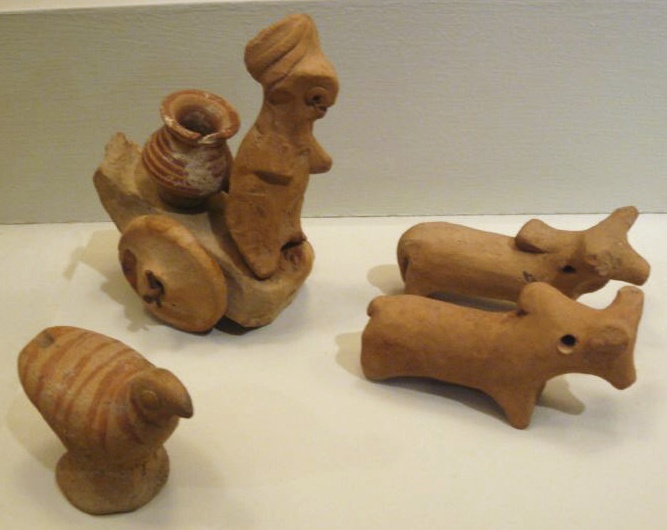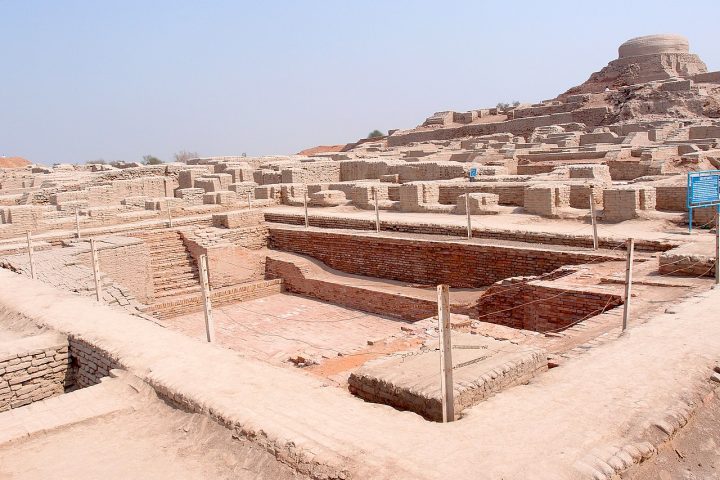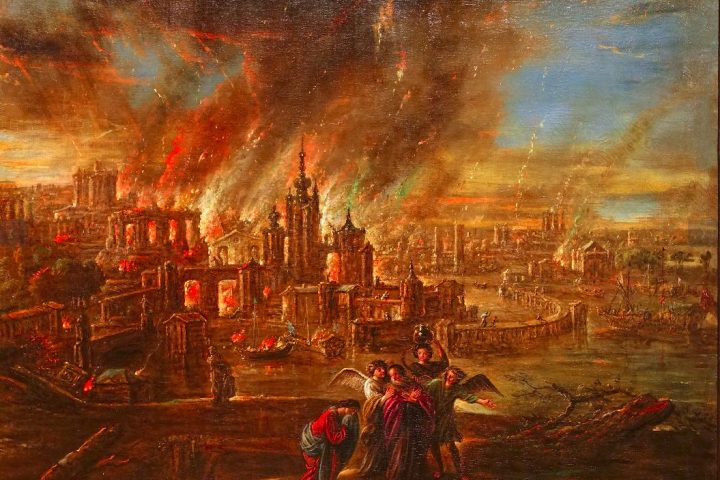Harappa, a city of immense historical significance, is key to unlocking an ancient civilization’s mysteries. Through archaeological excavations, we have been able to delve into the rich past of Harappa and gain insights into the lives and achievements of its people.
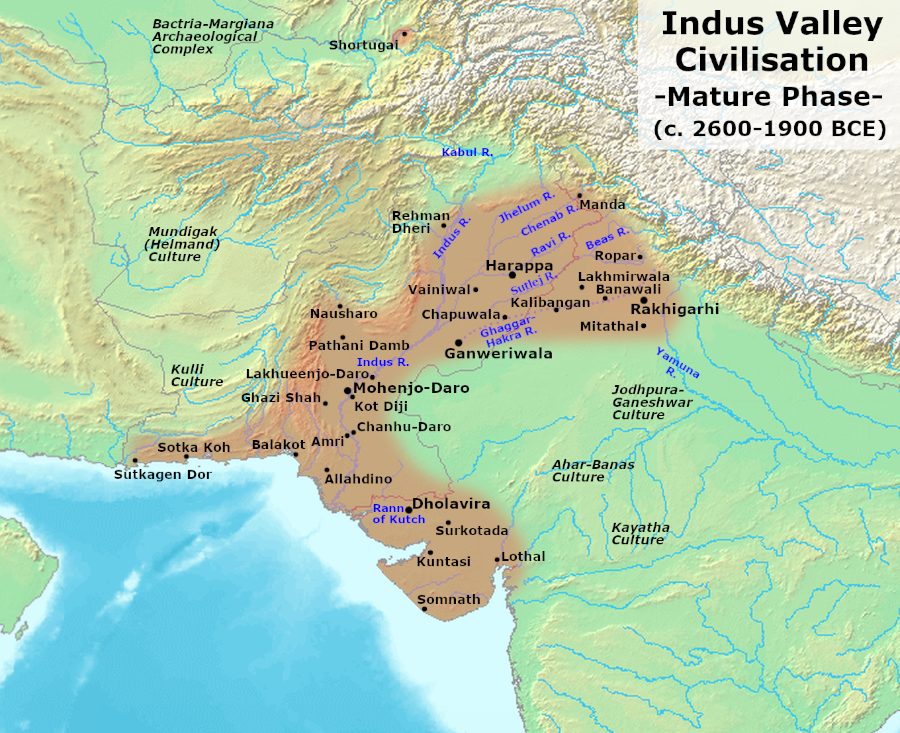
The Lost City Rediscovered: Harappa’s Archaeological Significance
The rediscovery of the ruins of Harappa was a groundbreaking moment in the field of archaeology. These well-preserved remnants provide valuable information about the city’s past and shed light on the achievements of the Harappan civilization.
Excavation sites have played a pivotal role in unearthing artifacts and structures that offer a glimpse into the inhabitants’ daily lives.
Urban Planning and Architecture of Harappa
The architectural style of the Harappan civilization represents the construction practices of the Bronze Age Indus Valley civilization. This ancient society thrived from approximately 3300 BCE to 1300 BCE in the region encompassing the Indus Valley, which spans modern-day Pakistan and India.
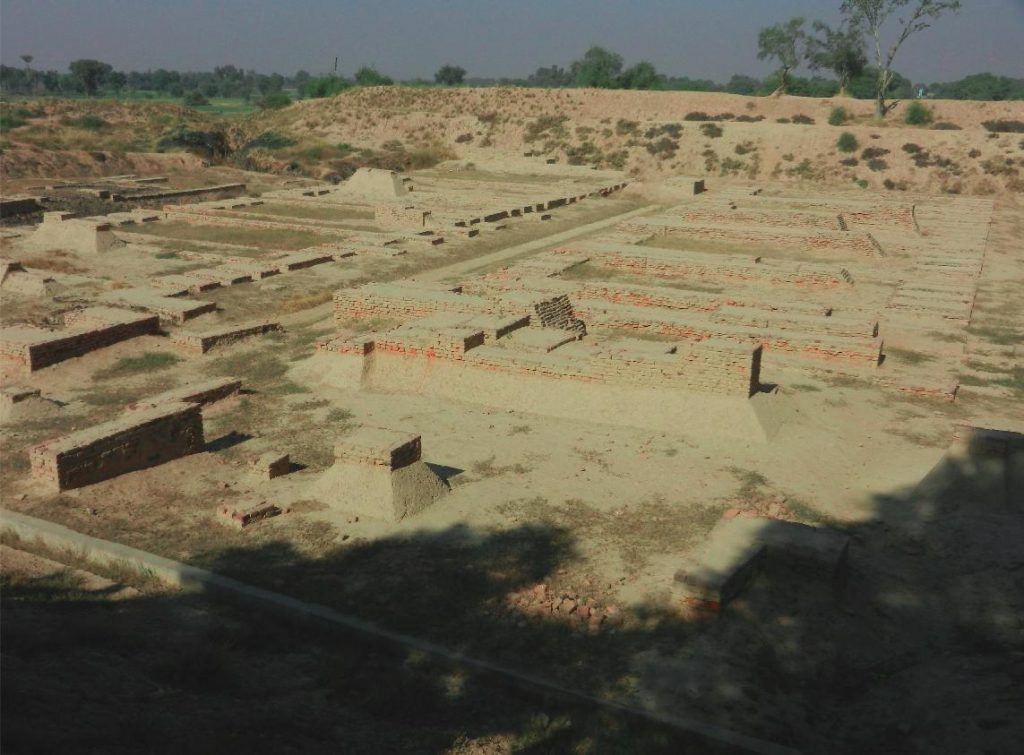
The Harappan civilization displayed impressive urban planning skills, evident in the organization and layout of their cities. Streets were meticulously aligned, creating a grid-like pattern that facilitated movement and commerce.
The architecture of Harappa showcased unique features such as advanced drainage systems, multi-story houses, and public structures.
Harappan Writing System: Deciphering the Indus Script

One of the most intriguing aspects of the Harappan civilization is their enigmatic writing system known as the Indus script.
Despite extensive efforts, the meaning and purpose of this script remains a mystery. Various theories suggest its use for administrative records, trade, and even religious texts, but deciphering it continues to challenge scholars.
Trade and Economy in Harappa
The Harappan civilization flourished due to its extensive trade networks. Harappa served as a hub for trade, connecting various regions through well-established routes.
Artifacts found at Harappan sites provide evidence of long-distance trade and the exchange of goods, showcasing the economic prosperity that fueled the growth of the civilization.
Agricultural Practices and Harappan Society
Agriculture played a central role in Harappan society, with the fertile Indus River Valley providing ample opportunities for cultivation.
The Harappans employed innovative irrigation techniques, including advanced systems of canals and reservoirs, to maximize crop yields. This thriving agricultural system was the backbone of their society and sustained their population.
Harappan Art and Craftsmanship
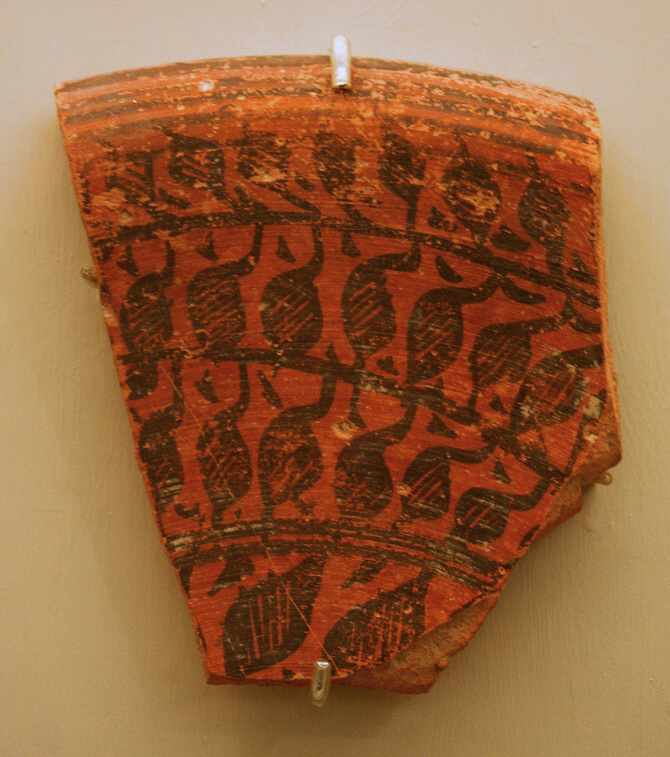
Podzemnik, CC BY 2.0, https://commons.wikimedia.org/w/index.php?curid=6925550
The art forms of the Harappan civilization are a testament to their cultural and artistic achievements. Highly skilled craftsmen excelled in creating intricate pottery, jewelry, and sculptures.
Harappan art is characterized by its geometric patterns, stylized animal motifs, and meticulous attention to detail, showcasing the advanced craftsmanship of this ancient civilization.
Religion and Belief Systems of the Harappans
Religion played a significant role in the lives of the Harappan people. Archaeological findings, including figurines and seal impressions, provide glimpses into their spiritual beliefs and rituals.
Depictions of deities and sacred animals further illuminate their religious practices, offering valuable insights into the complex worldviews of the Harappans.
Social Hierarchy and Governance in Harappa
Like many ancient civilizations, Harappa had a social hierarchy with distinct social classes and divisions. Archaeological evidence suggests the existence of a ruling elite, likely overseeing administration and governance.
The precise structure of the government remains a topic of debate among historians, but it is clear that Harappa had developed systems to maintain social order.
Harappan Burials and Funerary Practices
Harappan burial sites offer insights into their funerary practices and treatment of the deceased. Excavations have revealed a variety of burial styles, from simple pits to more elaborate structures.
The inclusion of grave goods suggests a belief in an afterlife, showcasing the cultural significance the Harappans attributed to the deceased and their journey beyond death.
Decline and Disappearance of Harappa
The decline of the Harappan civilization remains a subject of speculation and ongoing research. Environmental factors, such as river patterns and climate changes, may have played a role in the gradual abandonment of cities like Harappa.
Additionally, social and historical factors, including shifts in trade routes and possible invasions, could have contributed to the eventual disappearance of this once-thriving civilization.
Unanswered Questions and Debates on Harappa
Despite decades of research, numerous questions and debates persist regarding the Harappan civilization. Controversies surround topics such as the political structure, the extent of trade networks, and the actual identity of the Harappans.
These unresolved mysteries continue to fuel the curiosity of scholars, pushing them to delve deeper into the secrets of Harappa.
Reviving Harappa: Conservation and Preservation Efforts
Recognizing the importance of preserving Harappa’s heritage, conservation initiatives have been implemented to safeguard the ancient city. Efforts focus on maintaining the integrity of the archaeological sites, protecting artifacts, and promoting awareness of Harappa’s significance.
However, challenges exist, including the need for ongoing funding and balancing the preservation of the past with the demands of modern development.
Exploring Harappa Today: Visiting the Archaeological Site
For history enthusiasts and those seeking to explore ancient wonders, a visit to the Harappa archaeological site offers a unique experience.
Visitors can witness the remnants of an ancient civilization firsthand, walking amidst the ruins and gaining a sense of the grandeur that once defined Harappa. Museums and interpretive centers provide additional context, enriching the visit with valuable insights into Harappan history.
Some Additional FAQs About The Lost Civilization of Harappa
For people who want to know further, here are some additional FAQs that may appear in your mind about Harappa.
Question: What is Harappa?
Answer: Harappa is an ancient city located in present-day Pakistan. It was a major center of the Indus Valley Civilization, one of the world’s earliest urban civilizations.
Question: How old is the Harappan civilization?
Answer: The Harappan civilization thrived approximately from 2600 BCE to 1900 BCE, making it over 4,000 years old.
Question: What is the Indus script, and has it been deciphered?
Answer: The Indus script refers to the writing system used by the Harappan civilization. Despite extensive research, the script remains undeciphered, leaving its meaning and purpose still unknown.
Question: What caused the decline of Harappa?
Answer: The decline of Harappa was likely influenced by a combination of environmental changes, shifts in trade routes, and potential invasions. The exact factors leading to its downfall are still a subject of research and debate.
Question: Can I visit the Harappa archaeological site?
Answer: Yes, the Harappa archaeological site is open to visitors. One can explore the ruins and learn about the civilization through guided tours and museum exhibits.
Final Thoughts: Rediscovering Harappa’s Ancient Marvels
The excavation and study of Harappa have allowed us to uncover a civilization that existed thousands of years ago, offering a glimpse into their achievements and cultural practices.
From advanced urban planning and unique architecture to intricate artwork and deep-rooted religious beliefs, Harappa stands as a testament to human ingenuity and the enduring legacy of ancient civilizations.
